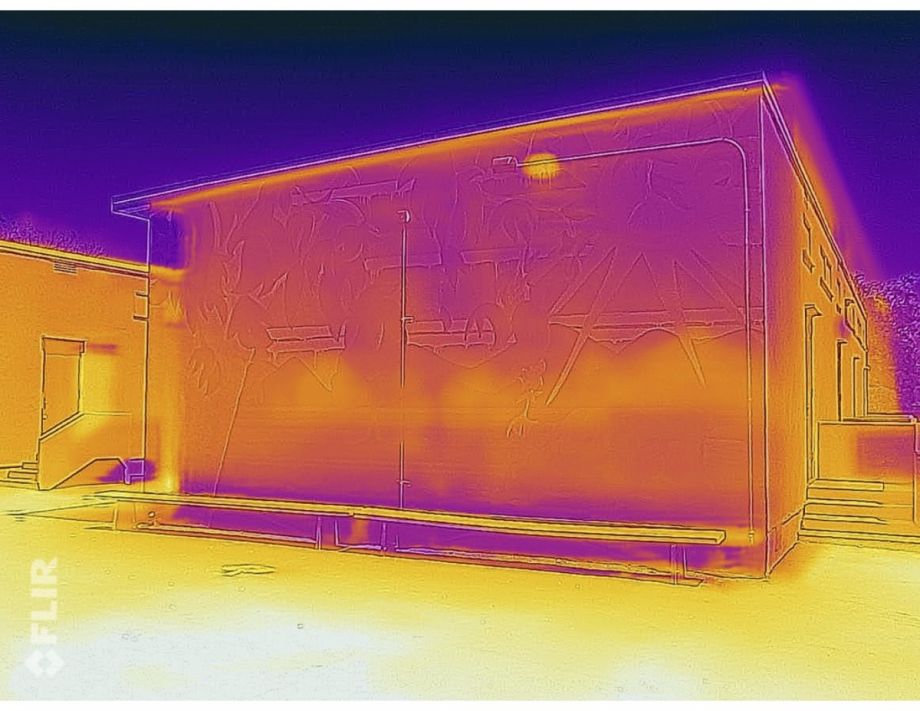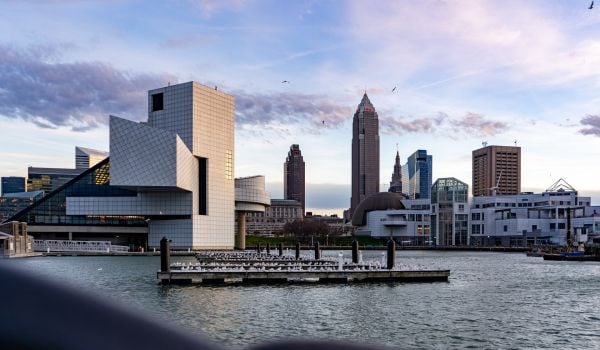Over the past 30 years, guess what kind of weather disaster has killed more Americans than any other? It’s not hurricanes or tornadoes. It’s not flooding or lightning. It’s heat. And like many other environmental dangers, it disproportionately kills people of color.
As our climate continues to change and heat waves become more frequent, more severe, and longer-lasting, extreme heat events will only become more dangerous. That’s especially true in urban areas, where over 80% of Americans live. The urban heat island effect makes cities warmer than rural areas. The average temperature in a city with over one million people can be as much as 5.4 degrees Fahrenheit warmer than the surrounding countryside. On a calm, clear night, the difference can be as much as 22 degrees.
We can’t control the weather, and in the longer term, even with major climate action from world leaders, some warming is already baked into our climate system. But there is one aspect of extreme heat we can control. Cities are hotter because of how we build them, and they can be cooler if we build them differently.
It’s time for federal regulations to limit how much buildings, roads, parking lots, and other urban features are allowed to heat up the neighborhood. Just as the EPA regulates runoff pollution through the Clean Water Act and air pollution through the Clean Air Act, the agency should also regulate heat pollution through a “cool communities” act.
Urban areas are typically hotter than undeveloped areas because the countryside’s cooling surfaces — bodies of water, lots of vegetation, forests — are replaced with buildings, roads, and parking lots. These impervious surfaces absorb solar radiation and slowly re-radiate it as heat, which makes cities hotter. Plus, there are fewer trees providing shade relief from all that heat.
Federal policy already regulates exposure to extreme heat conditions in limited ways. Occupational Safety and Health Administration worker safety guidelines limit heat exposure, and the National Weather Service issues heat safety warnings, watches, and advisories. These are critical safeguards for public health.
A Cool Communities Act would go further than protecting employees or warning about extremely hot weather. It would regulate the actual production of urban heat, by setting standards for building materials and rules for land use that can keep the temperatures down. For example, standard roofs can heat up to 150 degrees on a hot summer day. A cool roof — painted, covered, or made with material that reflects more sunlight, rather than absorbing it — can be as much as 50 degrees cooler.
Cities and states are already incorporating cool building provisions into regulations. As part of its energy efficiency codes, California requires new or replacement flat roofs across the state, along with sloped roofs in some climate zones, to be cool roofs. Los Angeles requires cool roofs on new homes and homes undergoing major retrofits, and is experimenting with cool coatings for roads, as well. Chicago, which offers incentives for developers to incorporate green roofs, now has over 500 green roofs covered with over 5 ½ million square feet of vegetation. Atlanta is working on a new Tree Protection Ordinance to better preserve its urban tree canopy.
On the national level, the Biden-Harris Administration is considering an Urban Smart Surfaces proposal. It would encourage heat-smart surfaces as the design standard for new federally funded infrastructure, and incentivize heat-ameliorating reflective surfaces, vegetation, and cool pavement technology in construction generally. In line with the administration’s equity agenda, it would also adopt an equity framing to redress social and environmental injustice.
Equity is especially relevant in light of research showing that communities of color and immigrant neighborhoods labeled as bad mortgage risks in the days of 1930s government redlining are still hotter than other parts of the same cities today. Extreme heat disproportionately harms the health of low-income communities and communities of color, and reduces educational achievement, especially for students who are Black or Hispanic.
Extreme heat also compromises interstate infrastructure by degrading materials in roads and rail systems and straining the electricity grid. National rules for cooler communities would help curb the urban heat island effect without pitting cities against each other. Developers and big businesses looking to relocate can’t force cities into a bidding war for less regulation if all cities must follow the same rules.
Keeping communities cooler would reduce rates of heat-related illness and death, limit smog formation, and help students learn. It would also save energy and reduce greenhouse gas emissions that contribute to climate change.
We may not be able to change the weather. But we can turn down the heat through sensible cool communities standards.

V. Kelly Turner is Director of Urban Environment Research at UCLA’s Luskin Center for Innovation and assistant professor at the UCLA Luskin School of Public Affairs. She also serves as a scientific advisor to the Arsht-Rockefeller Extreme Heat Resilience Alliance.
.(JavaScript must be enabled to view this email address)
















